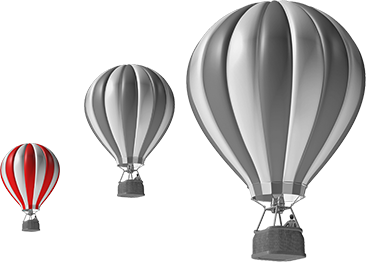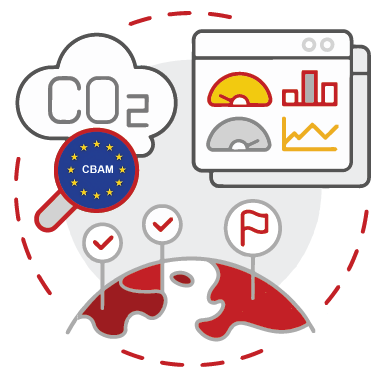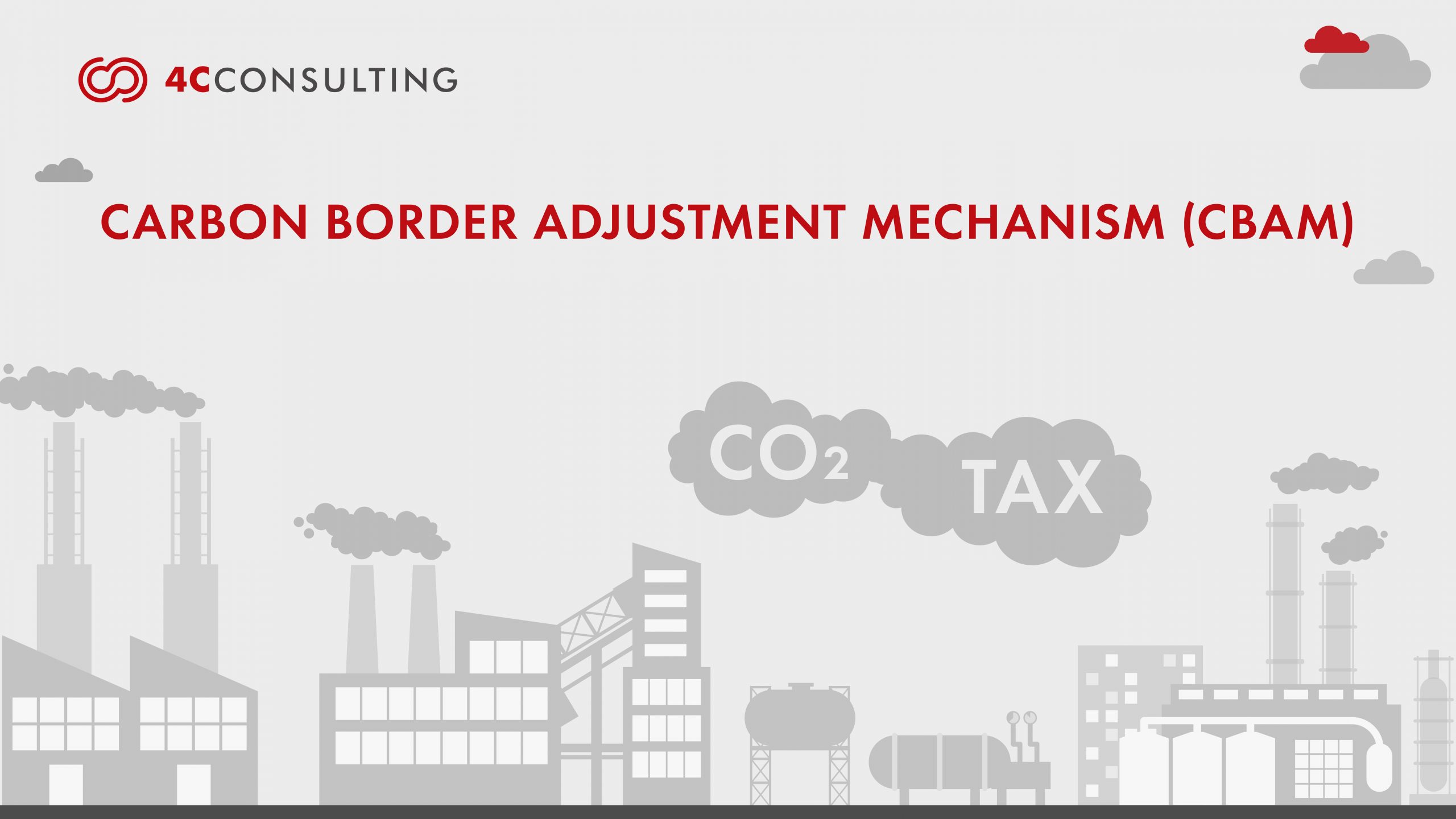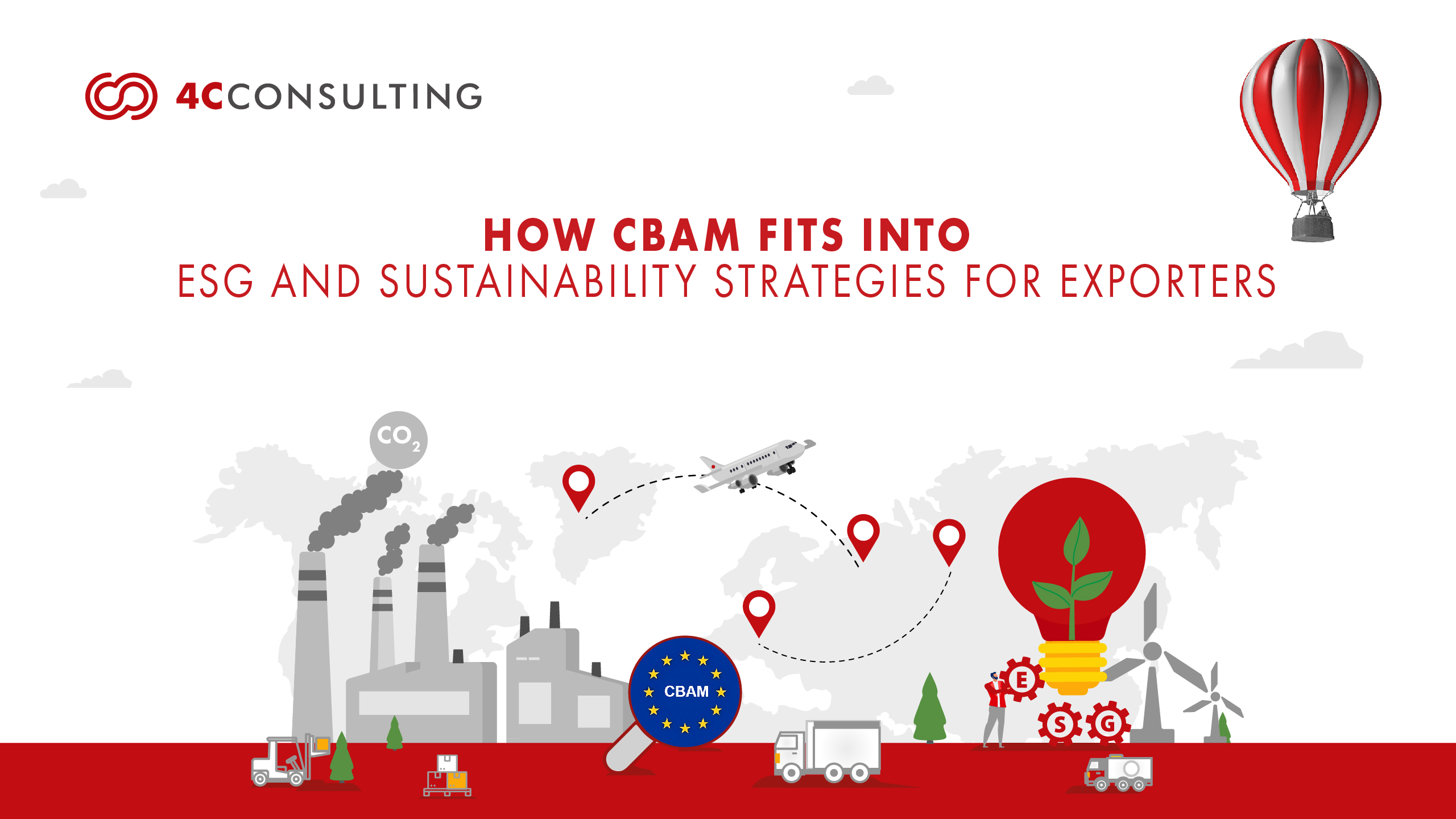
Frequently Asked Questions
The Carbon Border Adjustment Mechanism (CBAM) is a proposed policy by the EU aimed at addressing carbon leakage and ensuring a level playing field for industries operating under the EU Emissions Trading System (EU ETS).
CBAM currently applies to six carbon-intensive sectors:
1. Iron and steel,
2. Aluminium,
3. Cement,
4. Fertilizers,
5. Electricity, and
6. Hydrogen
These sectors were chosen for their high emissions and potential trade exposure.
The price of a CBAM certificate will mirror the weekly average of EU ETS (Emissions Trading System) carbon prices. It may fluctuate depending on the EU carbon market, offering a dynamic pricing model.
Yes, Indian exporters dealing with CBAM-covered goods and trading with EU countries must comply with CBAM reporting and carbon pricing requirements. This includes emissions disclosure and, eventually, financial adjustments.
The Carbon Border Adjustment Mechanism (CBAM) was introduced to help the European Union (EU) reduce emissions from imported goods and meet its target of cutting emissions by 55% by 2030.
The Carbon Border Adjustment Mechanism (CBAM) is the EU's tool to put a fair price on carbon emitted during the production of carbon-intensive goods that are entering the EU, and to encourage cleaner industrial production in non-EU countries.
To calculate CBAM, companies must determine the embedded carbon emissions in their products and multiply that by the current EU carbon price to estimate the cost of required CBAM certificates.






